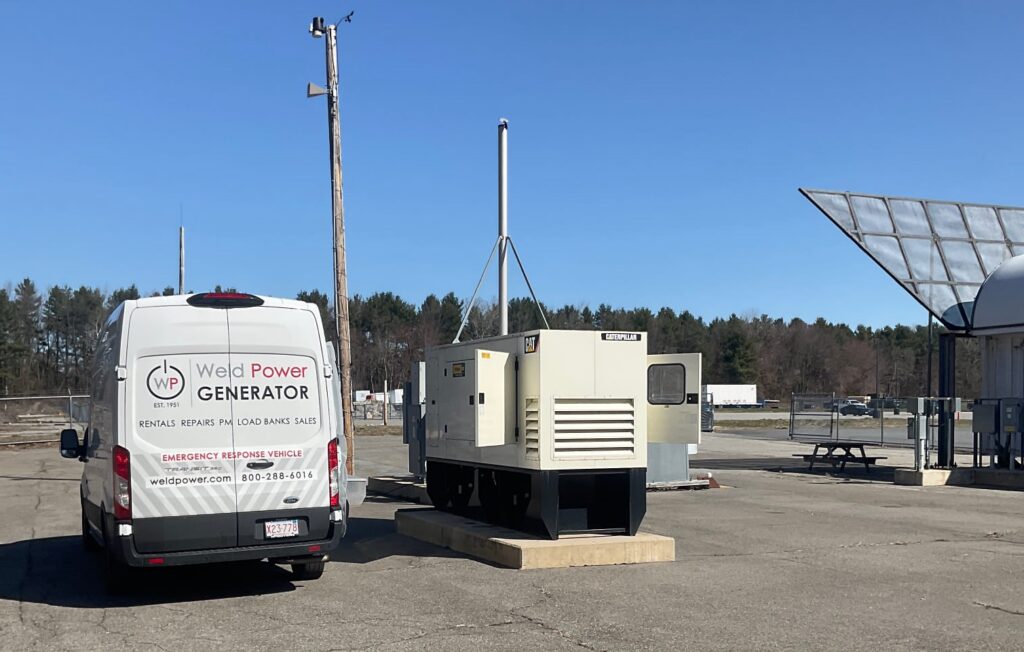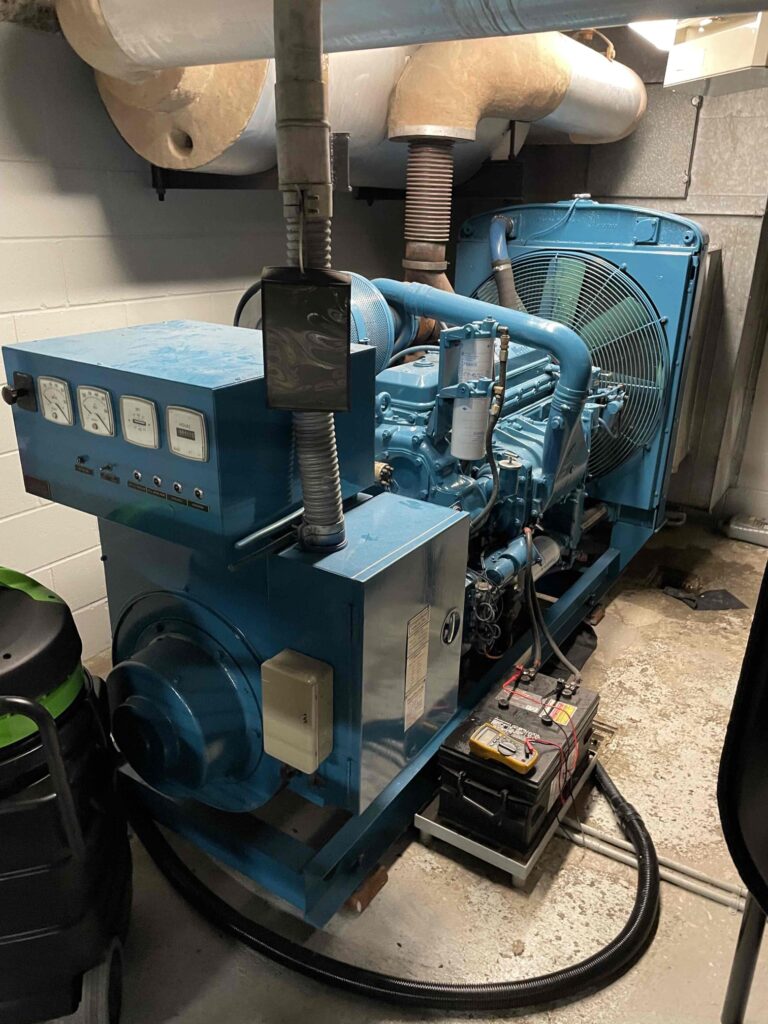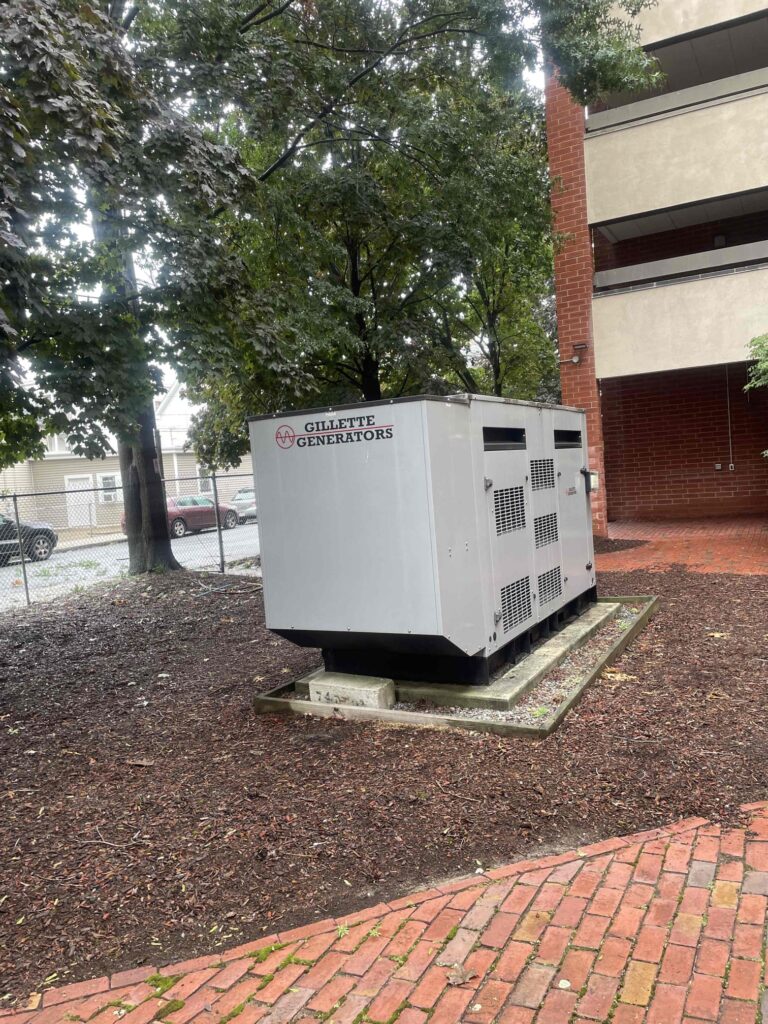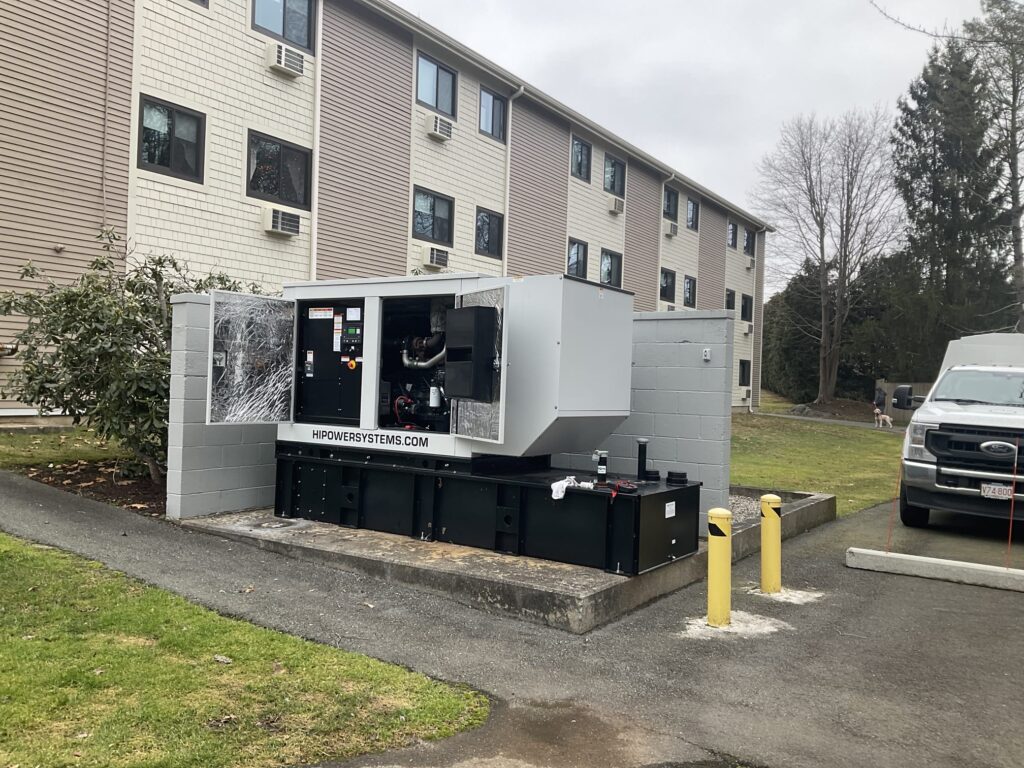25 FAQs about Building Load Testing

Building Load Testing (BLT) is a critical process that ensures a generator can handle the buildings electrical load during a power outage. A BLT helps verify that your generator will perform reliably when needed most. In this FAQs section, we’ll answer some of the most common questions about BLT, including its purpose, benefits, and how it’s conducted. These answers will help you understand how this important test plays a key role in maintaining generator reliability.
Table of Contents
General Overview
What is a building load test (BLT)?
A Building Load Test (BLT) evaluates a generator’s ability to handle the actual electrical load of a facility by transferring power to the generator and monitoring its performance under real operating conditions.
Why is building load testing important?
BLT ensures that a generator can successfully support a building’s electrical demand during a power outage, helping prevent failures and identifying potential issues before an emergency occurs.
How does building load testing differ from load bank testing?
Unlike load bank testing, which uses artificial loads to simulate demand, BLT measures the generator’s performance using the building’s actual electrical system, providing a more accurate assessment of real-world functionality.
What are the benefits of performing load testing using the building’s electrical system?
Testing with the building’s load helps verify that all connected equipment functions properly, ensures seamless power transfer, and identifies issues within the building’s electrical infrastructure.
Is load testing necessary for all types of buildings?
While not legally required for every facility, load testing is highly recommended for critical infrastructure such as hospitals, data centers, and commercial buildings that rely on uninterrupted power.
Should I hire a professional for a BLT, or can it be done in-house?
Due to the complexity and potential risks involved, it is best to hire a qualified professional to conduct BLT to ensure accurate testing and compliance with industry standards.

Frequency and Scheduling
How often should a BLT be performed?
Industry standards recommend conducting a BLT at least annually to verify ongoing generator reliability and system performance.
When is the best time to conduct load testing on a building?
BLT is typically performed during periods of low occupancy or scheduled maintenance windows to minimize disruptions to building operations. However, that will also amount to a smaller electrical load to test.
How long does a typical BLT take?
The duration varies but generally lasts anywhere between 15 minutes and a few hours, depending on the building’s size and electrical complexity.
Can building load testing be done during regular business hours?
Yes, a BLT can be performed during business hours, but it may temporarily impact operations when the power is transferred from the utility provider to the generator and back.
What should be considered when planning a building load test?
Key considerations include scheduling in advance to notify building occupants and ensuring compliance with safety regulations.
Can building load testing be done onsite without affecting normal operations?
If properly planned, BLT can be conducted with minimal disruption, but some businesses may experience brief power interruptions depending on the testing process.

Testing Procedures
What is involved in the building load testing process?
The process includes transferring the building’s electrical load from the utility provider to the generator, monitoring system performance, and documenting key parameters to assess reliability.
What parameters are measured during a BLT?
Key measurements include generator voltage, frequency, fuel consumption, temperature, and load acceptance to evaluate overall performance.
How does building load testing simulate real-world conditions?
By using the building’s actual electrical load, BLT replicates the conditions the generator will face during an actual power outage.
What equipment is used for the load testing?
BLT primarily utilizes the building’s existing electrical system, along with monitoring tools to track generator performance, power distribution, and system stability.
What steps are necessary to prepare a building for load testing?
Preparation includes notifying building occupants, reviewing electrical system, and confirming fuel availability.

Results and Analysis
What can be learned from the results of a BLT?
BLT results reveal whether the generator can handle the building’s electrical load, highlight system inefficiencies, and identify potential failure points.
What should I do if my building’s electrical system fails a load test?
If a BLT reveals deficiencies, corrective actions such as system repairs, generator upgrades, or load adjustments should be taken to ensure reliable backup power.
How does load testing help identify potential system weaknesses?
BLT detects issues such as generator underperformance, power distribution failures, and inadequate system capacity before they cause real-world failures.

Costs and Considerations
What are the costs associated with BLT?
Costs vary depending on building size, generator capacity, and testing requirements, but investing in BLT can prevent costly downtime and repairs. A quick BLT is included with most standard generator preventive maintenance plans.
Is load testing required for compliance with building codes or industry standards?
Certain industries, such as healthcare and emergency services, may require BLT to comply with regulations such as NFPA 110 and Joint Commission standards.
Are there any risks involved in conducting a BLT?
While generally safe when conducted by professionals, BLT carries risks such as temporary power loss or system stress that must be managed carefully.
How can I minimize disruption during a BLT?
Proper scheduling, backup planning, and coordination with facility staff help minimize operational impacts during testing.
Is load testing recommended for new construction or only for existing buildings?
BLT is beneficial for both new and existing buildings, ensuring that newly installed generators and electrical systems perform as expected before occupancy.
